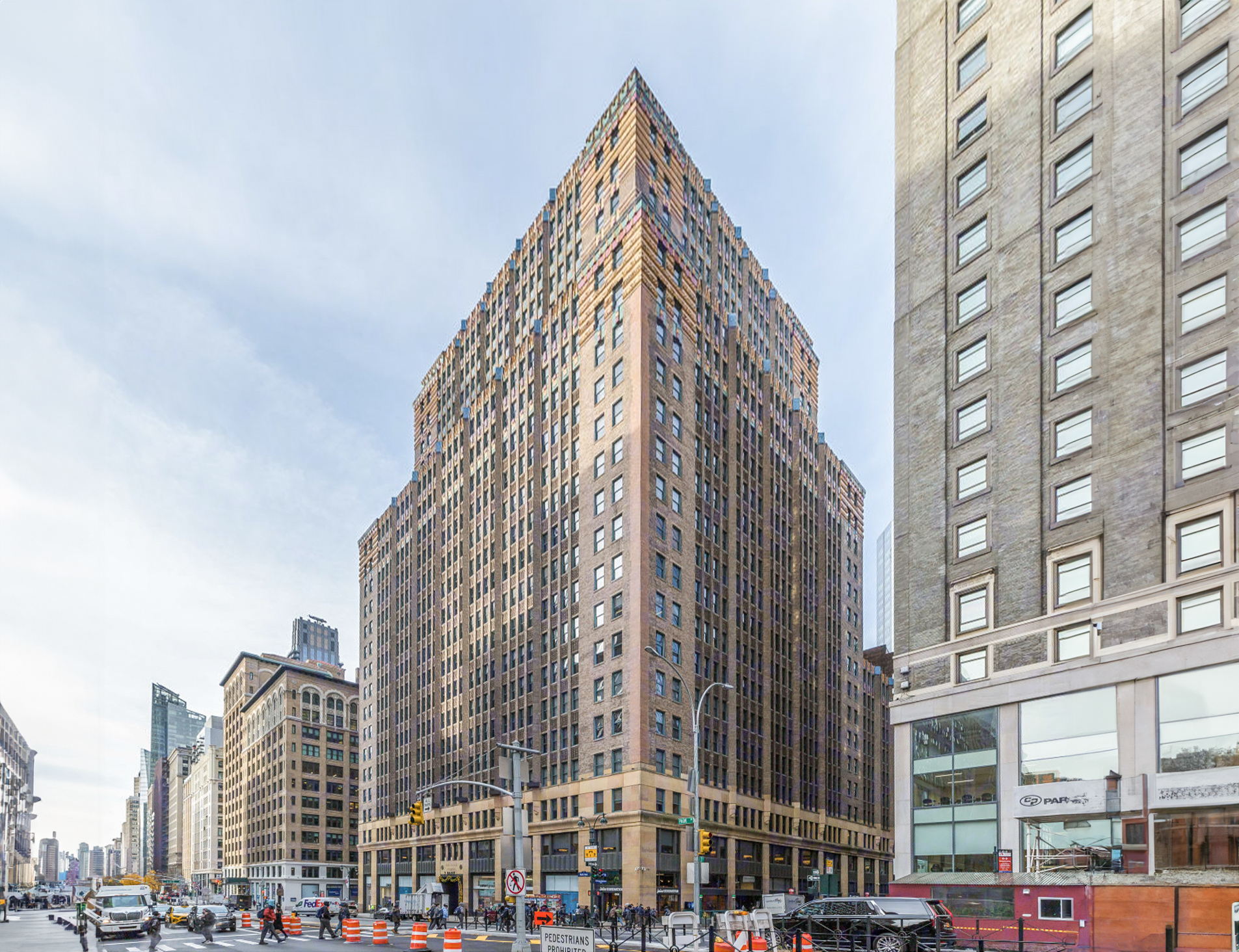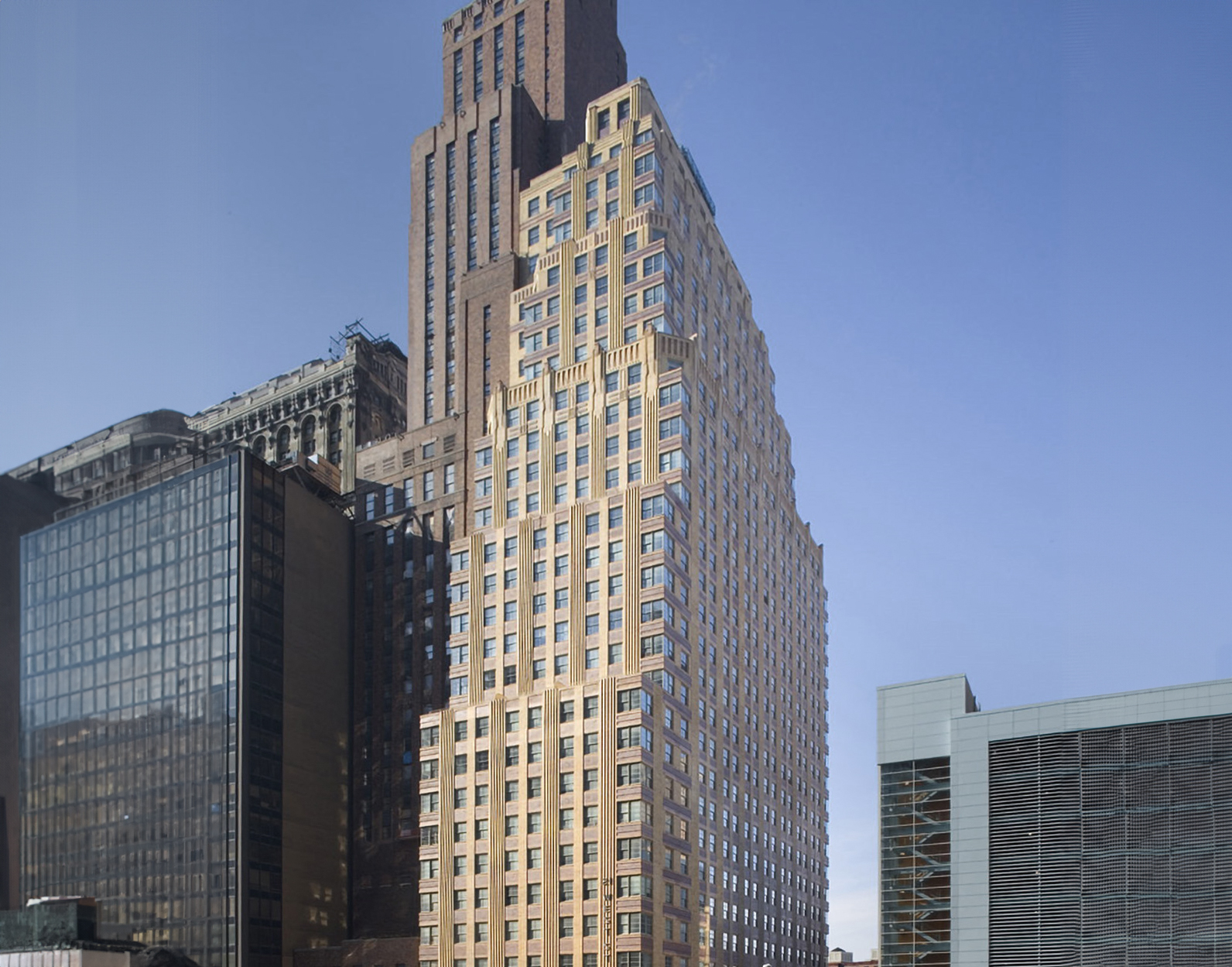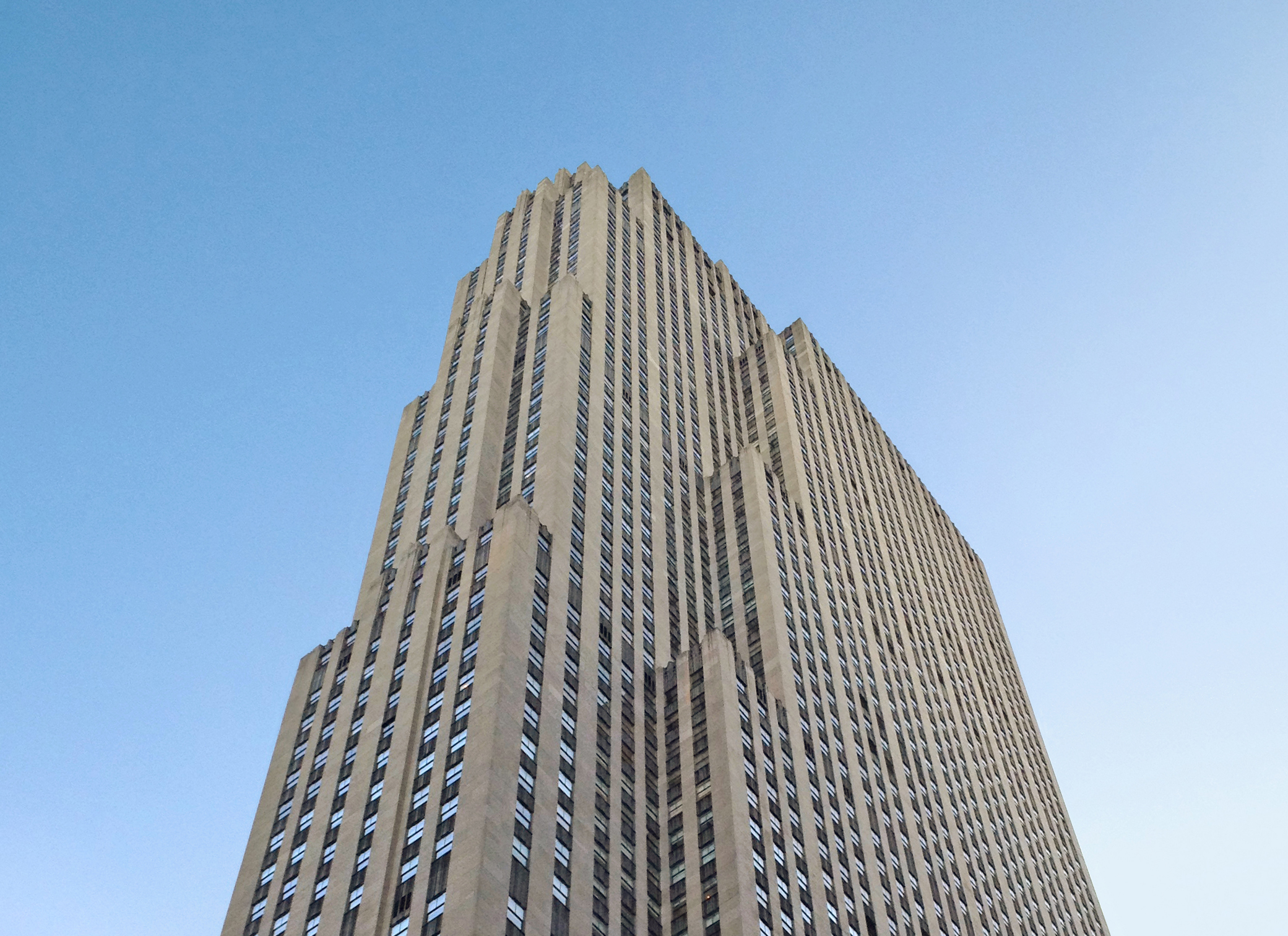The Graybar Building is an Art-deco skyscraper designed by Sloan & Robertson, and built between 1925 and 1927 in New York, NY.
Graybar Building is not the only name you might know this building by though. The building is, or has also been known as Graybar Electric Building.
Its precise street address is 420 Lexington Ave, New York, NY. You can also find it on the map here.
The Graybar Building is a structure of significant importance both for the city of New York and the United States as a nation. The building embodies the distinctive characteristic features of the time in which it was built and the Art Deco style. Because of that, the Graybar Building was officially declared as a national landmark on November 22nd 2016.
The building underwent a major restoration between 1998 and 1999. The architect commissioned to undertake this restoration was Beyer Blinder Belle.








